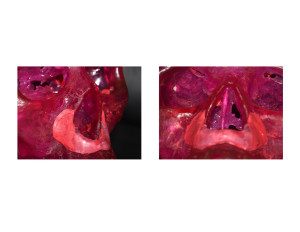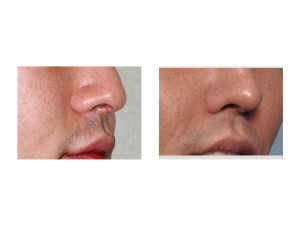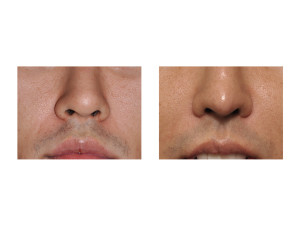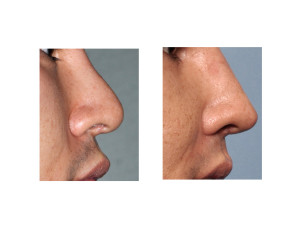Background: Flatness in the midface occurs primarily due to natural development and occurs in certain ethnicities. The Asian face is well known to be broader with less anterior projection and it is most manifest in the appearance of the nose and the underlying maxillary support. But loss of maxillary support can also occur from trauma, loss of one’s upper teeth and part of the natural aging.
Aesthetic augmentation of the central midface is done by a paranasal implant, technically called the peri-pyriform implant. As the name implies, this facial implant wraps around the pyriform aperture or the anterior bony nasal aperture. By augmenting this area of the midface, the base of the nose is pushed forward including the nasolabial angle and the nostril attachments to the face.
The traditional paranasal implant is made of silicone and was originally designed to be used to complement a rhinoplasty procedure. But it is better perceived as a premaxillary implant and will have an effect on the nose and anterior facial projection that is very similar to LeFort 1 osteotomy advancement. It has anterior projections from 5 to 6.5mms.



Highlights:
1) Aesthetic paranasal augmentation is traditionally done by the use of peri-pyriform implant.
2) The paranasal region of the midface is unique amongst facial augmentation sites as it is a concave region not a convexity.
3) A custom paranasal implant provides the greatest amount of midface projection and the smoothest transition into the surrounding maxillary bone.
Dr. Barry Eppley
Indianapolis, Indiana



